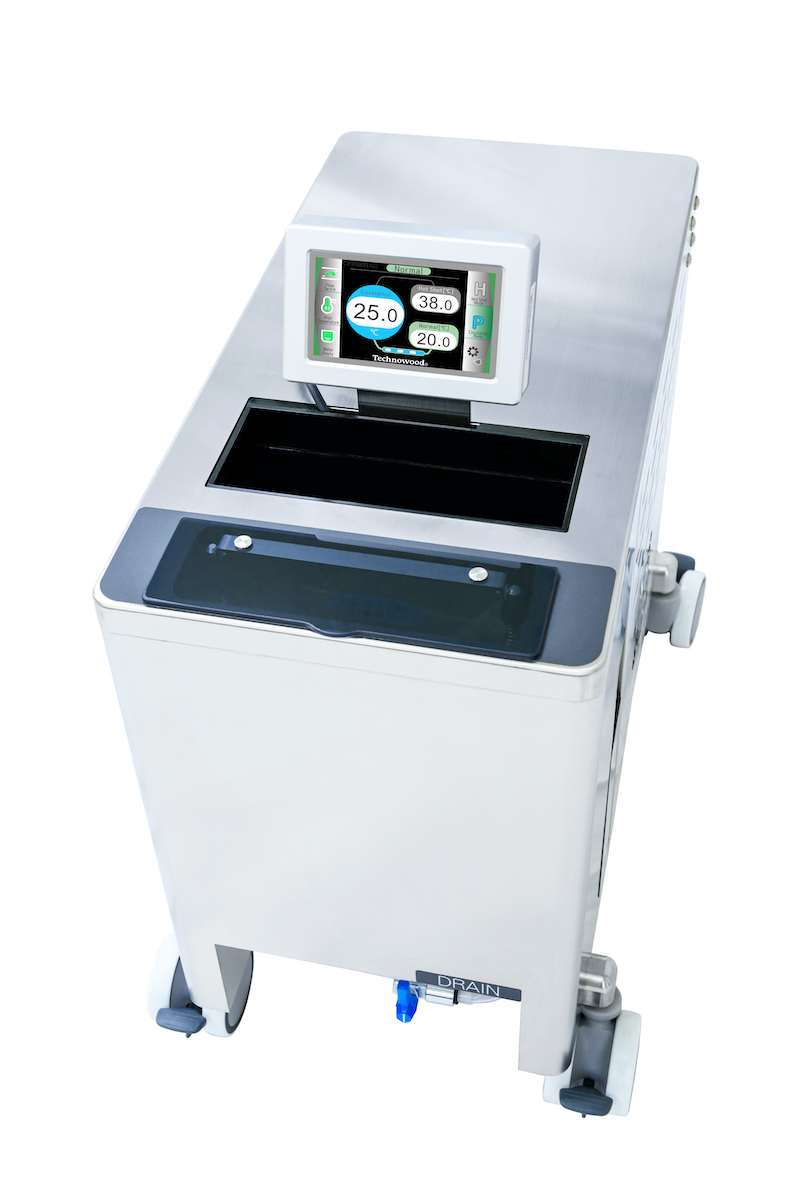
With the delta mutation of the severe acute respiratory coronavirus 2 (SARS-CoV-2) causing rapid spikes in the number of coronavirus disease 2019 (COVID-19), ECMO is again getting a lot of attention in the news. In August 2021, Japan logged a record of 117 patients on ECMO.
So, what is ECMO and how is it used in COVID-19 management?
COVID-19 is characterized by respiratory symptoms like cough and shortness of breath. While many experiences only mild symptoms, some patients experience severe respiratory distress requiring high-dose oxygen therapy or even mechanical ventilation.
When there is extensive lung damage from the virus that even a ventilator is not enough to maintain oxygen levels, some hospitals use extracorporeal life support or extracorporeal membrane oxygenation (ECMO) as a last-resort for these critical cases.
ECMO operates similarly to a heart-lung machine used in open heart surgeries. A plastic tube (cannula) is connected to a vein to drain the blood from the body. The blood is then pumped through an oxygenator where carbon dioxide can be exchanged for oxygen. A heater-cooler unit will warm the blood back to body temperature before the blood is returned back to the body via another cannula. Unlike a conventional heart-lung machine, ECMO has been modified so that it can be used for days or even months until the patient’s condition become stable.
There are two types of ECMO depending on where the cannulas are placed. Veno-venous (V-V) ECMO is when the blood is drained from a vein and is returned via a vein. This is commonly used for respiratory failure like what happens in COVID-19. Veno-arterial (V-A) ECMO is when the blood is drained from a vein and is returned via an artery. V-A ECMO is used when the patient also has symptoms of heart failure where both the heart and the lungs need support.
In either type, the ventilator is usually disconnected or turned down low so that the lungs are not exposed to the barotrauma allowing the lungs to rest and recover. Some patients can talk, eat and walk even while on ECMO helping them build up strength while recovering.
Despite the benefits, ECMO is not a procedure that can be quickly and widely implemented in any hospital. While equipment cost can get expensive, the main hurdle is the need for ECMO-trained personnel. ECMO poses significant infection and bleeding risks to the patient which is why it requires the constant monitoring of a critical care health team consisting of physicians, nurses, and ICU technicians. Depending on the size of the team, a typical ICU can only handle a few patients on ECMO at the same time.
According to the Extracorporeal Life Support Organization (ELSO) international registry, as of September 11, 2021, a total of 7492 COVID-19 patients were placed on ECMO and the mortality rate is at 48%(1). While the survival rate seems low, given the limited resources, ECMO is reserved for the most severe COVID-19 cases who are not responding to conventional treatment. It is also important to note that though it can help save a person’s life, ECMO is not a COVID-19 treatment. It simply takes over the function of the lungs (and heart) while the body fights off the SARS-CoV-2.
While ECMO is not the miracle cure for COVID-19, it gives critically ill patients a fighting chance at life.
Reference:
1. Extracorporeal Membrane Oxygenation (ECMO) in COVID 19. (2021, September 11). Retrieved from https://www.elso.org/COVID19.aspx

With its compact design, the Technowood CP4000H Heater-Cooler Unit can be used at the OR for cardiac bypass surgery or at the ICU for extracorporeal membrane oxygenation. (ECMO).
More INFONot all products shown are approved for sale in all countries.
Please contact the regional Technowood representative for more information.